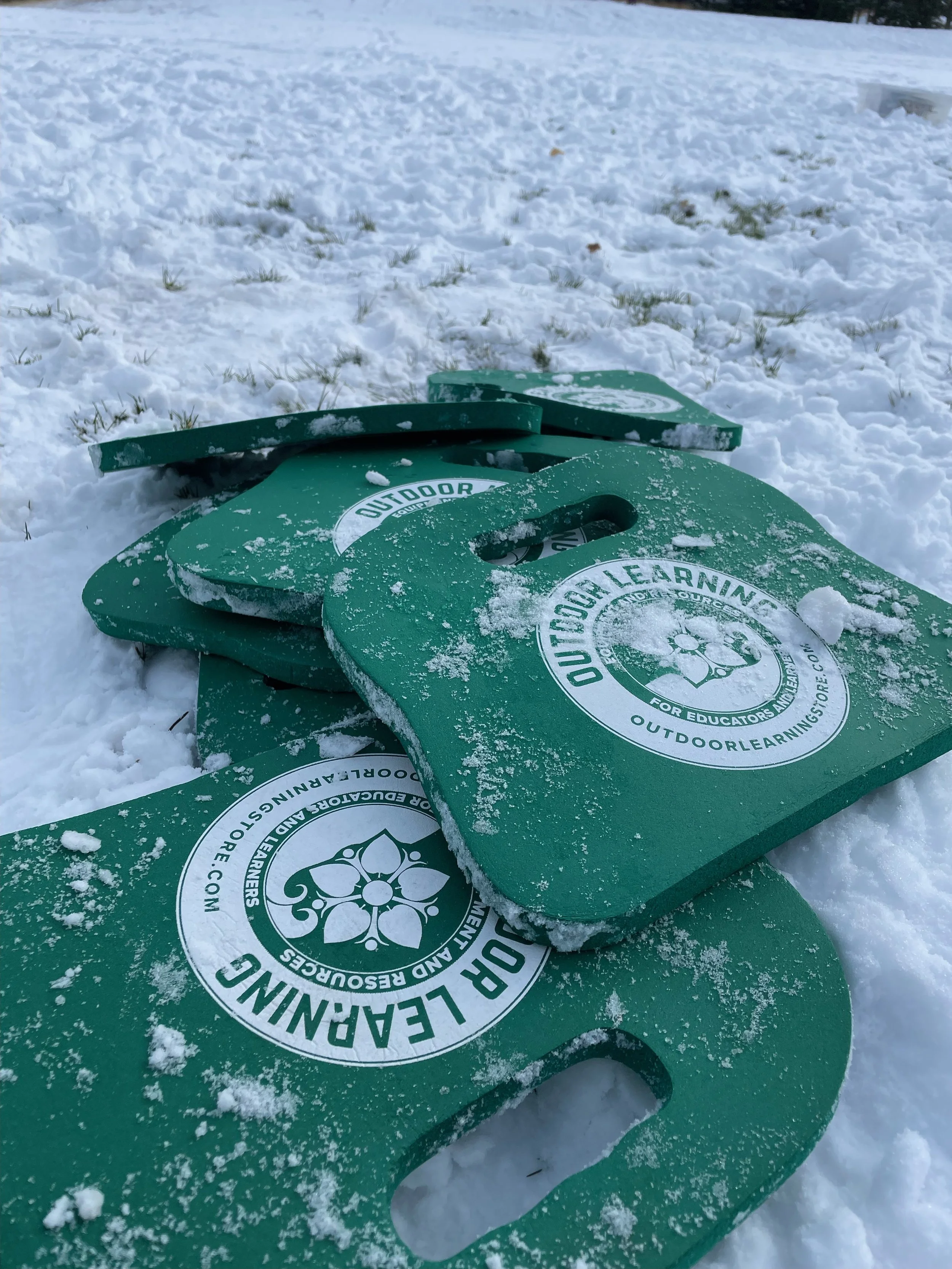Grade 2 - EARTH AND SPACE
Overview: Through a combination of outdoor games, oral stories, activities, discussion and connected projects, students will explore Earth Systems in a near-by forest. The finishing circle is a reflection with students on components of the Earth while enjoying forest tea the students forage from local ingredients.
Subject: Science
Materials: Bum pads, blow up globe, tea thermos and cups
Organizing Idea: Earth Systems
Time commitment: 1hr, offered year-round
Learning Outcomes: Students will understand that…
Format: Outdoor, surrounding fields and forests
A year is 365 days; the length of time it takes Earth to revolve around the Sun.
A day is 24 hours; the length of time it takes Earth to rotate fully
Earth is tilted on an axis causing seasonal shifts in Northern and Southern hemispheres
Daylight and nighttime happen during Earth’s rotation around the Sun each day; when Earth faces the Sun we experience daylight and nighttime when it does not face the Sun
Components of Earth include: land, water, air, plants, humans, and other animals
Teacher Expectations: Participate in games
Skills and Procedures:
Represent various components of Earth.
Discuss how the various components of Earth interact to support life
Describe the relationship between time and Earth revolving around the Sun.
Represent ways that Earth’s rotation connects to patterns of day and night.
Lesson Plan
Game [15mins]: Nighttime, Daytime!
This game is a variation of “red light, green light”. As a group, the students brainstorm nocturnal animals local to the area and choose one to embody. Students line up along an end zone line. Either teacher or selected student stands across the play area to the line of students with their back turned. The back of the 'it’ person represents the moon, while their front represents the sun. With their back turned, the person in the middle yells out either ‘daytime!’ or ‘nighttime!’. If it is nighttime their back must be turned on the students, the students may sneak towards the person who is calling. If it is daytime and the person who is it turns to face the students and the students must freeze! If the caller sees anyone moving, they call out who it is and that ‘moving student’ must return to the start line. Once students reach the caller, they join in yelling ‘day time’ or ‘nighttime’. Students may switch roles.
Discussion [10mins]
Brainstorm animals who move during the day and rest and night. What animals have they seen or heard during the day? What animals have they seen of heard during the night? If they could be a nocturnal animal, would they?
Activity [15mins]: In Orbit
Instruct students to form pairs, one student is the Sun and the other is the Earth. The ‘Sun’ stays put in the middle (either drawn in the snow or imaginary around their partner). The ‘Earth’ is instructed to walk 365 steps around the Sun to demonstrate one orbital REVOLUTION around the Sun year. Switch roles. Then, instruct the Earth student to turn 360 degrees once every step; this demonstrates 24 hours or one orbital ROTATION. Switch roles.
Discussion:
In between orbits, ask the students, when does the “Earth” face the Sun? Is that daytime or nighttime? Introduce the concept of an axis shift. ‘Earth’ students take turns leaning in towards the ‘Sun’ while rotating and revolving.
Discussion Circle [10mins]:
How does Earth’s rotation around the Sun affect the amount of daylight we experience? When are the days long? When are the days short?
From where you’re sitting, where does the Sun rise? Where does it set? Is it in the same place year round? How does the Sun’s height in the sky change the length of your shadow?
additional resources
Ways of the Bison
Curriculum connections:
Science - Living Systems: Students investigate the growth and development of plants and animals and consider their relationship to humans.
Social Studies - Time & Place: Students explore the foundational heritage of First Nations, Francophone, and Métis communities.
Needs of Animals (orignally created for Grade 3 curriculum)
Matter- Natural vs non-natural materials: Explore how animals use natural materials and their bodies as tools. Compare the properties of materials to determine what material is best suited for a specific purpose when animals build their homes.
Living Systems: Discuss ways to respect plants and animals while interacting in various environments. Explain positive and negative impacts of human behaviour on plants and animals. Discuss how humans might interact with land, plants, and animals if they see land, plants, and animals as equals.

